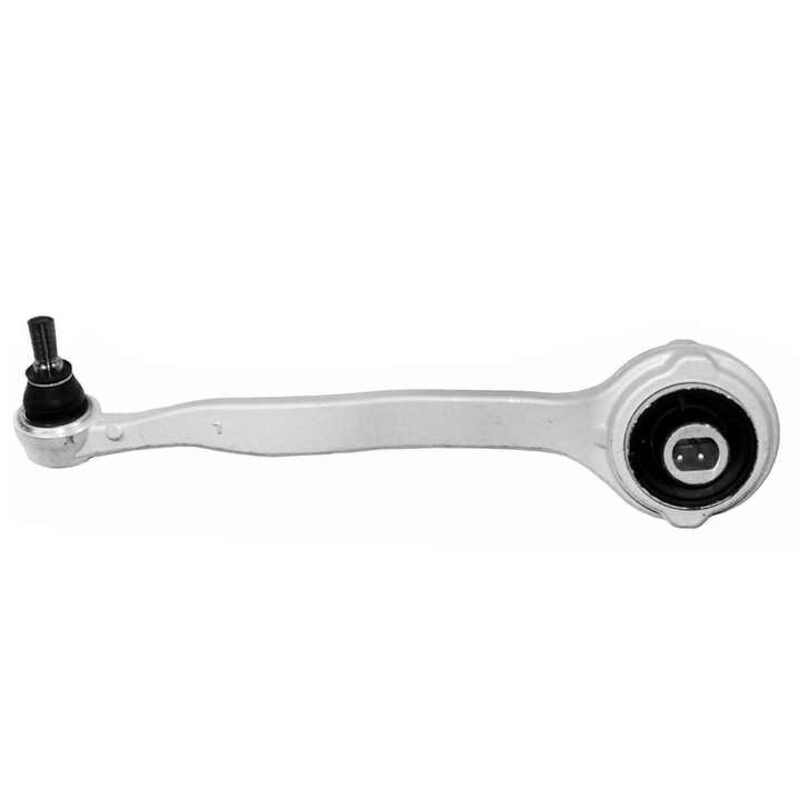
Control arms, also known as wishbones, are crucial components of a car's chassis system. Their comprehensive mechanical properties play a vital role in the safety, stability, and handling performance of the vehicle.
The control arm connects the wheels elastically to the vehicle body through ball joints or bushings, transferring various forces acting on the wheels to the body while ensuring that the wheels move along a certain trajectory. During the driving process, the control arm needs to withstand braking forces generated by the vehicle's lateral and rotational movements; maintain the stability of the chassis structure; stabilize the position of the vehicle and shock absorbers; reduce shaking during driving; and avoid unstable driving conditions. Therefore, the car's control arm (including its connecting bushings and ball joints) should have sufficient stiffness, strength, and service life.
Large impacts on the wheels can easily cause fractures. Damage from scraping and sand or stone impacts. Mud and standing water on the road can easily adhere to the control arm, leading to accelerated rusting and wear. Rubber components are prone to aging and failure over time. Natural wear of metal and plastic parts can gradually increase the clearance between them.